Xinhua Headlines: China and neighboring countries expand cross-border railways for greater cooperation
Source: Xinhua
Editor: huaxia
2025-06-19 23:15:35
*As the global economy becomes increasingly integrated and the Belt and Road Initiative continues to advance, cross-border railway construction between China and its neighboring countries is ushering in new development opportunities.
*Recently, multiple cross-border railway projects, including the Ganqmod-Gashuun Sukhait Railway, have achieved significant milestones.
*China is steadily building a modern railway network that connects it with neighboring countries such as Mongolia, Russia, Vietnam and Laos, boosting regional links, economic cooperation and cultural exchanges.
BEIJING, June 19 (Xinhua) -- The railway linking Ganqmod Port in north China's Inner Mongolia Autonomous Region and Mongolia's Gashuun Sukhait started construction in mid-June, marking the second cross-border railway between the two countries since the first one opened nearly 70 years ago.
As the global economy becomes increasingly integrated and the Belt and Road Initiative (BRI) continues to advance, cross-border railway construction between China and its neighboring countries is ushering in new development opportunities.
Recently, multiple cross-border railway projects, including the Ganqmod-Gashuun Sukhait Railway, have achieved significant milestones. China is steadily building a modern railway network that connects it with neighboring countries such as Mongolia, Russia, Vietnam and Laos, boosting regional links, economic cooperation and cultural exchanges.
STRENGTHENING REGIONAL CONNECTIVITY
Planned for completion in 2027, the Chinese section of the Ganqmod-Gashuun Sukhait railway project is invested and being constructed by China Energy Investment Corporation Co., Ltd. (CHN Energy).
"The new railway is projected to transport approximately 30 million tonnes of cargo annually, significantly enhancing connectivity between the two countries and enabling more efficient transportation of mineral and energy resources," said Wang Shangjun, chairman of the Ganqmod Railway Investment Co., Ltd. under CHN Energy.
Beyond the China-Mongolia railway breakthrough, 2025 has witnessed accelerated progress on multiple rail corridors. The mainline construction of the China-Kyrgyzstan-Uzbekistan railway project entered the substantive construction phase in late April.
Earlier in the year, Vietnam ratified a project to extend rail connectivity from Vietnam's Haiphong to the China-Vietnam border. Meanwhile, Thailand approved Phase II of the China-Thailand high-speed rail project, with the tendering process expected to be completed within the year.
"These cross-border railways serve as vital corridors connecting China northward to Mongolia, westward to Central and West Asia, and southward to Southeast Asia," said Fan Lijun, director of the BRI research institute at the Inner Mongolia Academy of Social Sciences.
"Their construction will enhance infrastructure connectivity and economic exchanges among participating countries, while upgrading cross-border logistics, industrial parks, and border trade services. This holds profound significance for advancing regional cooperation and development," Fan added.
This vision has been vividly demonstrated across multiple cross-border railway projects. The China-Laos Railway, a model project under the BRI, has transported more than 52.7 million passengers since its launch over three years ago, including over 510,000 cross-border travelers, and carried over 59.4 million tonnes of cargo, with cross-border shipments exceeding 13.7 million tonnes.
The railway authorities of China and Laos have been actively exploring new models for international transportation. By linking the China-Laos Railway with the China-Europe Railway Express network, they have reduced the rail transit time from Laos, Thailand and other Southeast Asian countries to Europe to just 15 days.
This cross-border freight service now covers the 31 Chinese provinces, autonomous regions and municipalities, as well as 19 countries and regions including Laos, Thailand, Vietnam and Singapore, with transported goods expanding to over 3,000 categories.
CATALYST FOR SHARED PROSPERITY
Yu Chen, a staff member with the Erenhot railway station, has witnessed the remarkable changes in his hometown Erenhot in Inner Mongolia, the Chinese terminus of the first cross-border railway between China and Mongolia.
"It's said that in its early years, Erenhot had just one main street, with only three major buildings in the whole area -- the train station, the customs office, and the border inspection facility," Yu said.
Now, leveraging the cross-border railway, Erenhot has emerged as a pivotal hub city along the BRI, with over 200 logistics companies, a crisscross network of urban streets, and towering high-rises.
The China-Mongolia railway has not only boosted Erenhot's development but also driven industrial transformation and upgrading in the hinterland areas of the border port. In a national logistics hub park spanning Erenhot and Ulanqab, another border city in Inner Mongolia, export-oriented processing industries for specialty agricultural products including sunflower seeds, corn, fruits and vegetables, as well as import-processing industries for flaxseed, oats and meat products, are experiencing robust growth.
"By transforming our geographical advantages into competitiveness in logistics, we have laid a solid foundation for the development of specialty agricultural product industries," said Zhao Dongyang, director of the economic development bureau under the management committee of the logistics hub park.
A growing number of cross-border railways are thriving as economic arteries, powering development in cities along their routes. A freight train carrying Russian rapeseed recently arrived at the border residents' mutual trade zone of Manzhouli, a border city in Inner Mongolia profoundly shaped by the China-Russia railway.
Upon the cargo's arrival, Manzhouli Xinfeng Grain and Oil Industry Co., Ltd. immediately initiated the production process of rapeseed oil. "Russian rapeseed boasts unique advantages such as low acid value and high smoke point, which enable the extraction of premium-quality rapeseed oil that is highly favored in China's edible oil market," said Yang Zhihong, deputy general manager of the company.
As China's largest land port, Manzhouli is evolving from its traditional role as a "transit station" into a regional industrial hub by promoting local processing of grain, oil and timber.
"By sourcing raw materials through the border residents' mutual trade channel, we have achieved significant cost reductions -- saving approximately 500 yuan (about 69.71 U.S. dollars) per tonne on average, with cumulative savings exceeding 8 million yuan to date," Yang said.
According to Xie Ruijie, deputy director of the management committee of the Manzhouli China-Russia mutual trade zone, border trade in Manzhouli had surpassed 100 million yuan as of April 20 this year, with more than 3,600 border residents participating, bringing in over 1 million yuan in income for locals and contributing nearly 2 million yuan in tax revenue to the city.
DEEPENING PEOPLE-TO-PEOPLE TIES
During the May Day holiday last year, despite the swirling snowflakes on the platform of Ulaanbaatar, capital of Mongolia, Kang Zhenning, chief conductor of the China-Mongolia international passenger train carefully assisted Mongolian passengers returning home after medical treatment in Inner Mongolia's capital Hohhot.
To better serve Mongolian passengers, Kang mastered the Mongolian language through studying books and online videos and learning from Mongolian colleagues. He also led his crew in establishing a Mongolian-Chinese bilingual service station onboard, which offers translation services for international travelers.
"Thanks to the crew's consistent and attentive service, this train has become like an 'ambulance' for patients like me," said Mongolian passenger Urtu, who frequently takes this train to Hohhot for medical treatment.
While the China-Mongolia Railway serves as a lifeline for cross-border medical care, many railway services in southern China have become a vibrant corridor for cultural tourism, bringing peoples from China and its neighboring countries closer.
The waiting hall of Hekou North Railway Station, which is close to the China-Vietnam border, was bustling on an April afternoon. Vietnamese tour guide Hoang Tien waited there with a group of 11 Vietnamese tourists.
"The high-speed trains here are very punctual," Hoang told his group, "With the streamlined boarding process, you only need to arrive at the station just 40 minutes before departure."
As a frequent visitor to the railway station, Hoang leads tour groups here every few days. He marveled at how the China-Vietnam railway connects Yunnan's picturesque landscapes, and had observed the growing number of Vietnamese tourists eager to explore China's natural wonders and cultural heritage.
In 2024, the number of Vietnamese tour groups arriving at and departing from Hekou Port increased by 40.7 percent from 2023. In the first three months of this year, more than 10,000 group tourists traveled from Hekou North Railway Station to other Chinese destinations, a surge of more than 180 percent over the same period last year. ■
(Reporting by Cui Enhui, Zhao Zehui, Cheng Di, Yu Jia, Ding Yiquan and Hao Yu; Video reporters: Zhao Zehui, Li Yunping, Ding Yiquan, Wang Anhaowei and Hao Yu; Video editors: Hong Yan, Roger Lott, Liu Xiaorui, Wu Yao, Zheng Qingbin and Wang Han.)

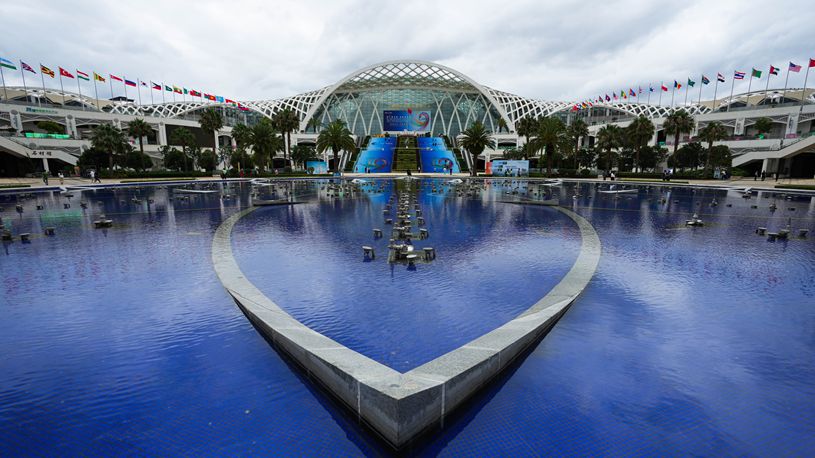
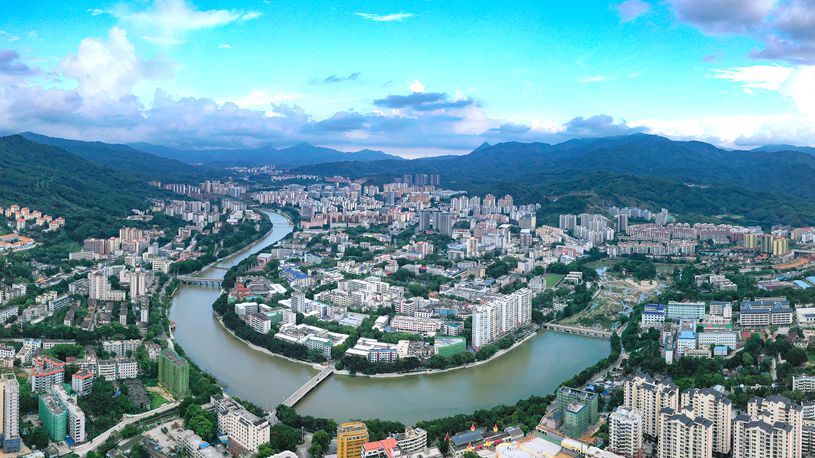
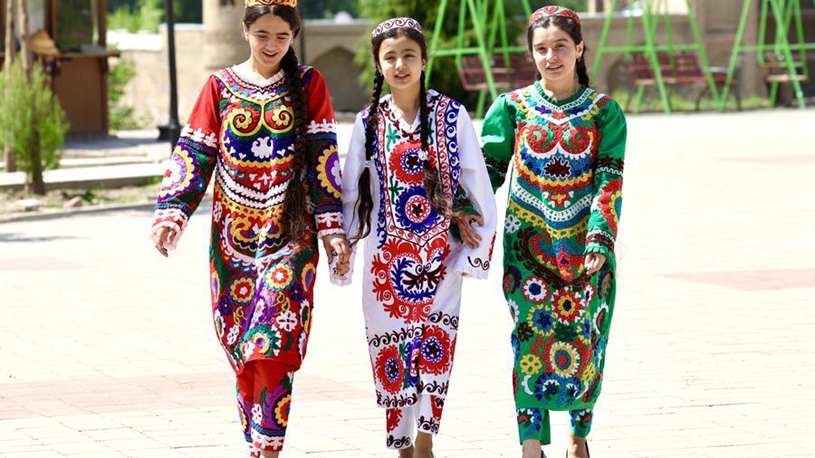


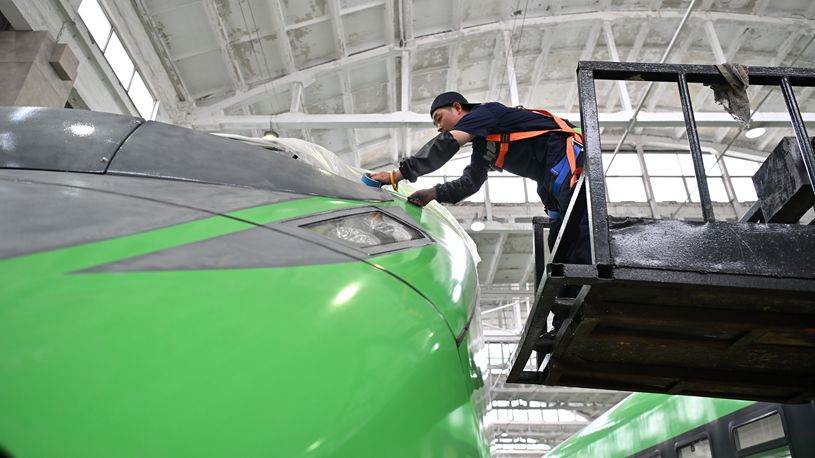

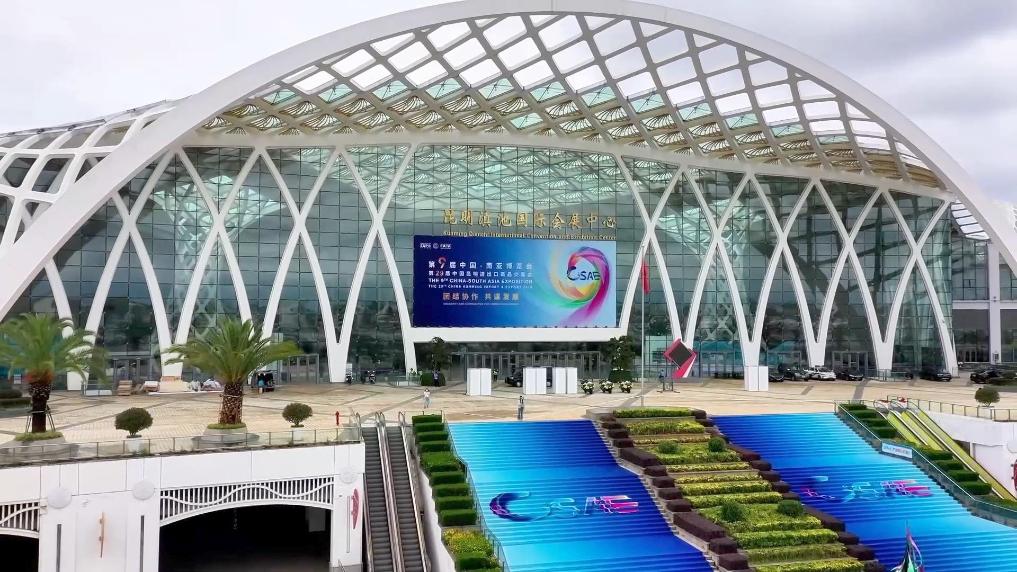



Comments